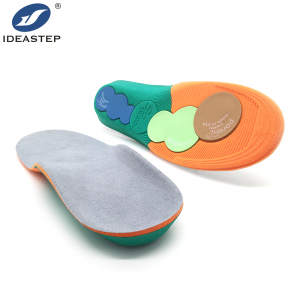
There are various forms of PU foam, such as soft foam and hard foam. So, which foaming method is better?
The choice between a soft foam or hard foam PU insole depends on the individual’s specific needs and preferences. Here are some considerations:
Soft Foam Insole:
- Cushioning: Soft foam insoles provide excellent cushioning and shock absorption, which can be beneficial for individuals who require extra comfort or have sensitive feet.
- Pressure Relief: They can help alleviate pressure points and distribute weight more evenly across the foot, reducing discomfort or pain in specific areas.
- Flexibility: Soft foam insoles tend to be more flexible, allowing for natural foot movement and flexibility during activities.
- Breathability: Some soft foam insoles are designed with breathable materials, promoting airflow and reducing moisture buildup.
Hard Foam PU Insole:
- Support: Hard foam PU insoles offer firmer support, which can be advantageous for individuals with arch issues, overpronation, or other foot conditions that require more stability.
- Alignment Correction: They can help correct foot alignment and provide better biomechanical support, reducing strain on the feet, ankles, and knees.
- Durability: Hard foam PU insoles are generally more durable and longer-lasting compared to soft foam insoles, making them suitable for individuals who require consistent support over time.
- Weight Distribution: They can help distribute weight evenly across the foot, reducing pressure on certain areas and promoting better overall foot function.
Therefore, there is no definitive answer as to whether soft foam or hard foam PU is better. It depends on your specific needs. If you are interested in PU insoles, you can continue to visit this page (https://www.aideastep.com/pu-insoles/) and tell us your needs.
